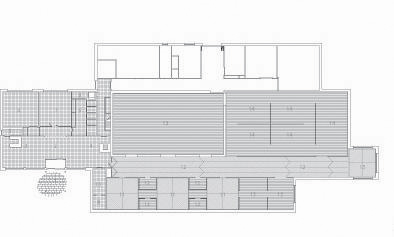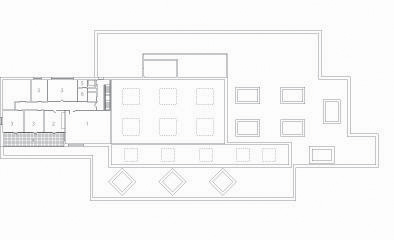Fuglsang Art Gallery
Fuglsang Kunstmuseum is a purpose built museum housing a permanent collection of Danish fine art dating from the period 1780-1980. Located in Fuglsang Lolland, Southern Denmark, the building has the formal abstractness and romantic profile of neighbouring buildings and is designed to harmonise with the idyllic rural setting of the Fuglsang estate. To go to Fuglsang entails a long journey through open countryside, finally arriving on a long straight road through a loose assembly of buildings to a courtyard at the heart of the Estate.
The Museum extends into the fields while having a strange axial but offset relation to the neighbouring Manor House. Like the buildings around the courtyard, and many classic works of Danish modernism, the facades of the Museum are constructed from brick. As in the barn on the west side of the court, they are painted white and the rooflights are in a grey brick, the colour of the roofs of the buildings around it.
In addition to the permanent art collection, the 2,500 sqm building also houses new galleries for temporary exhibitions, a shop, a café, a learning centre, administration spaces and storage for the museums vast collection of painting and sculpture. The galleries, themselves, are very different in scale and character from the public space of the foyer and are places in to which groups of visitors can spread out and immerse themselves in the collection, finding that it is arranged in three suites. They were developed empirically and are bound together in a similar way to Fuglsang itself, where very different styles of buildings and spaces are connected by simple similarities.
In this way, and through the loss and recovery of the view of landscape and sea that occurs within the Museum, some underlying qualities of the locale are introduced to the quiet, top lit exhibition spaces of the interior. Our intention is for the Museum to be filled with slight differences that are stimulating but unobtrusive, so the art not the building predominates, and for there to be a combination of familiarity and emptiness that allows the building to become the imaginative property of those who come to it.

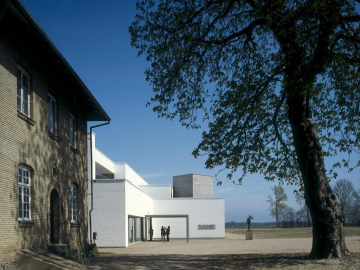
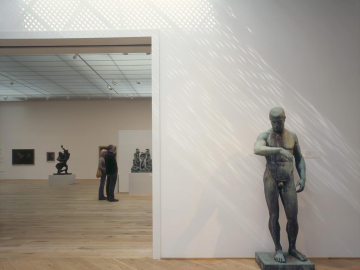
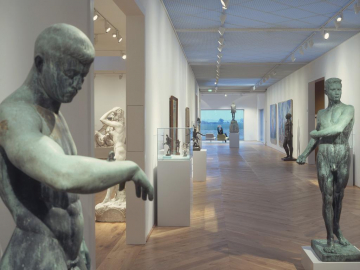
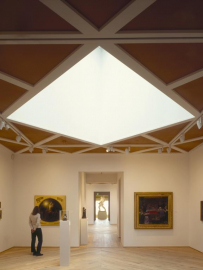
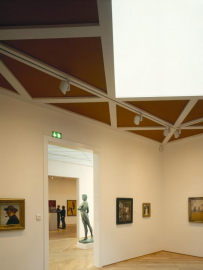
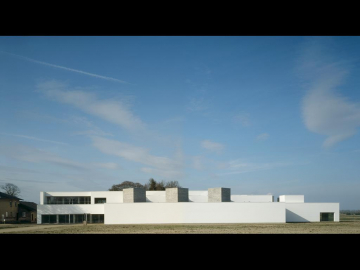

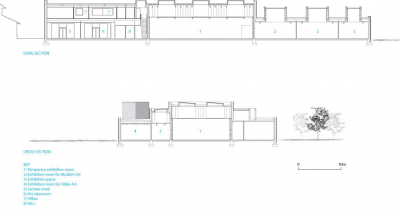
 copy-2.jpg)
 copy.jpg)
